Kit Kemp on how to design a room – the secrets to a well-balanced interior
In the first of a series of insightful articles from our June 2020 guest editor Kit Kemp, we discover how Kit creates her expertly layered schemes
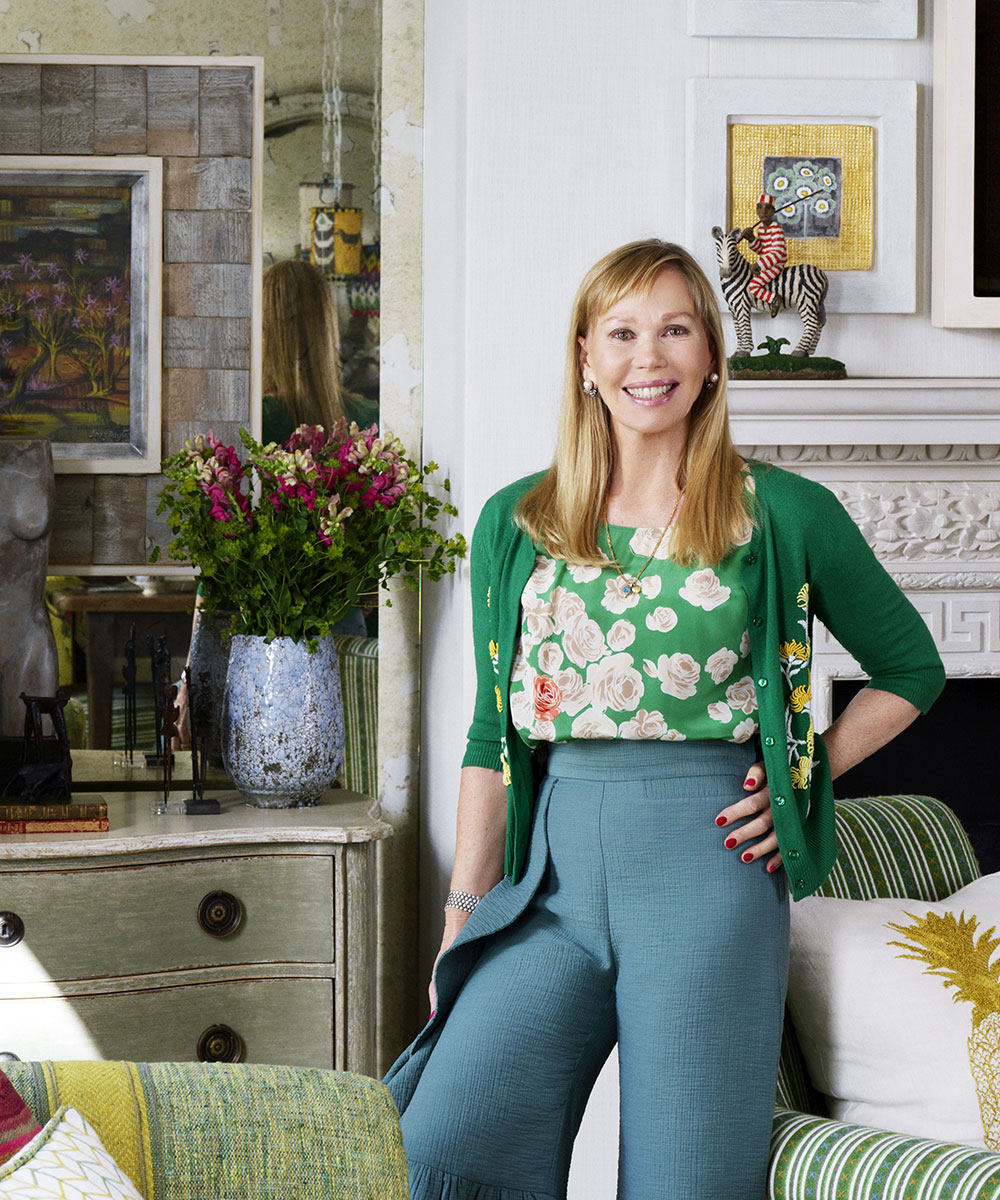

'When designing, my process is very simple but highly considered,' says Kit Kemp. 'There are many layers to my work, from spatial planning, to lighting design and often the furniture and textile designs.
'I thought I’d share with you my scheming process when I design a room. This is the part of the design that involves the fabrics and furnishings, and one of my favorite stages.
'Here we take a look at how we created a scheme for a colorful dining room in New York.'
- Love this? Take a tour of Kit Kemp's home – be inspired by her inimitable creativity
1. Start with something you love
The first stage in any design project begins with one thing I really love, whether it’s a fabric, a piece of antique furniture with a story to tell or an artwork that sparks the idea and inspires me.
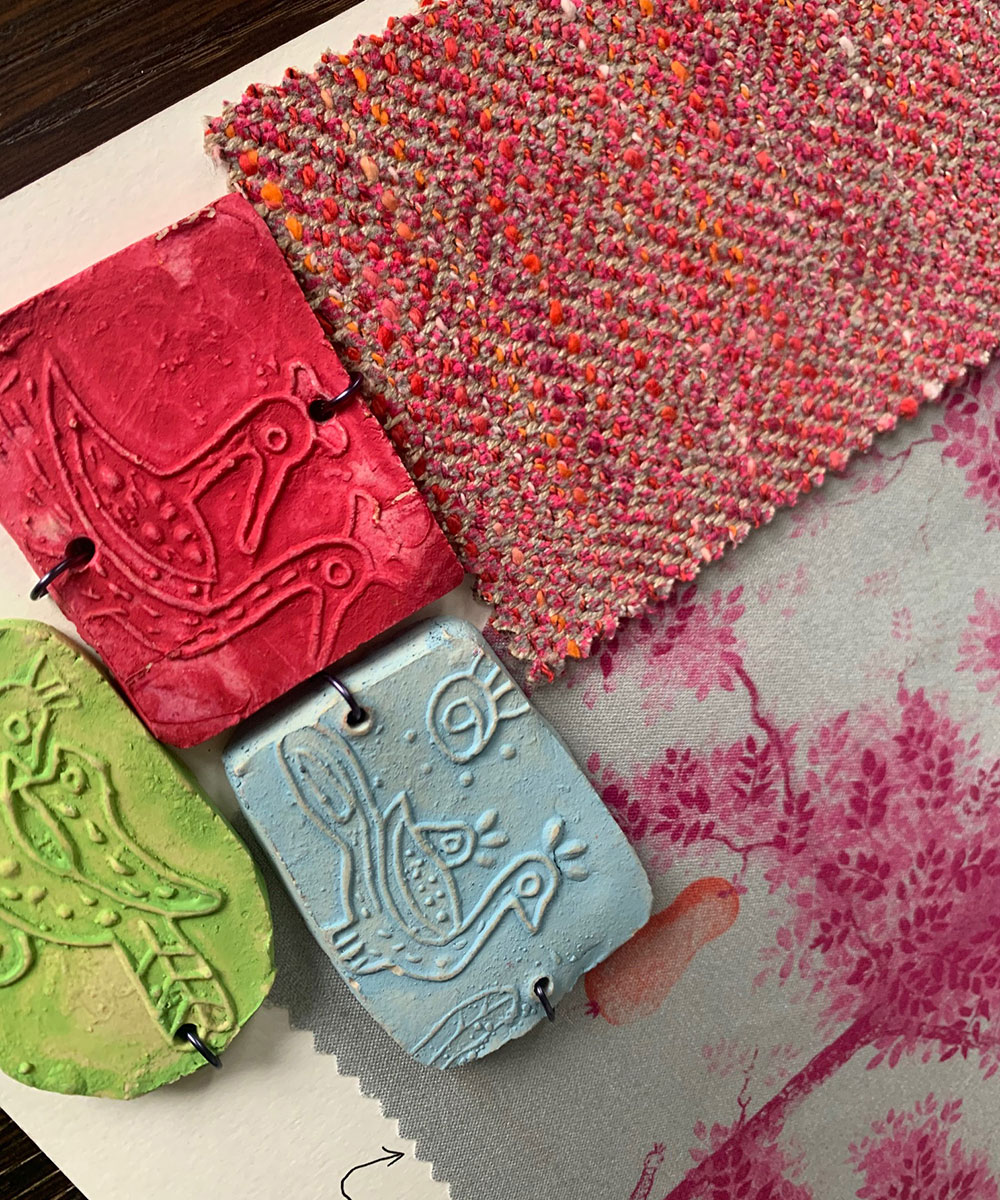
In this case it was a textile I designed as part of Andrew Martin collection. ‘Travelers Tales’ in Hot Pink is such a bold and lively design, and I knew I wanted to use it to inject color and fun into the space.
2. Build up the scheme
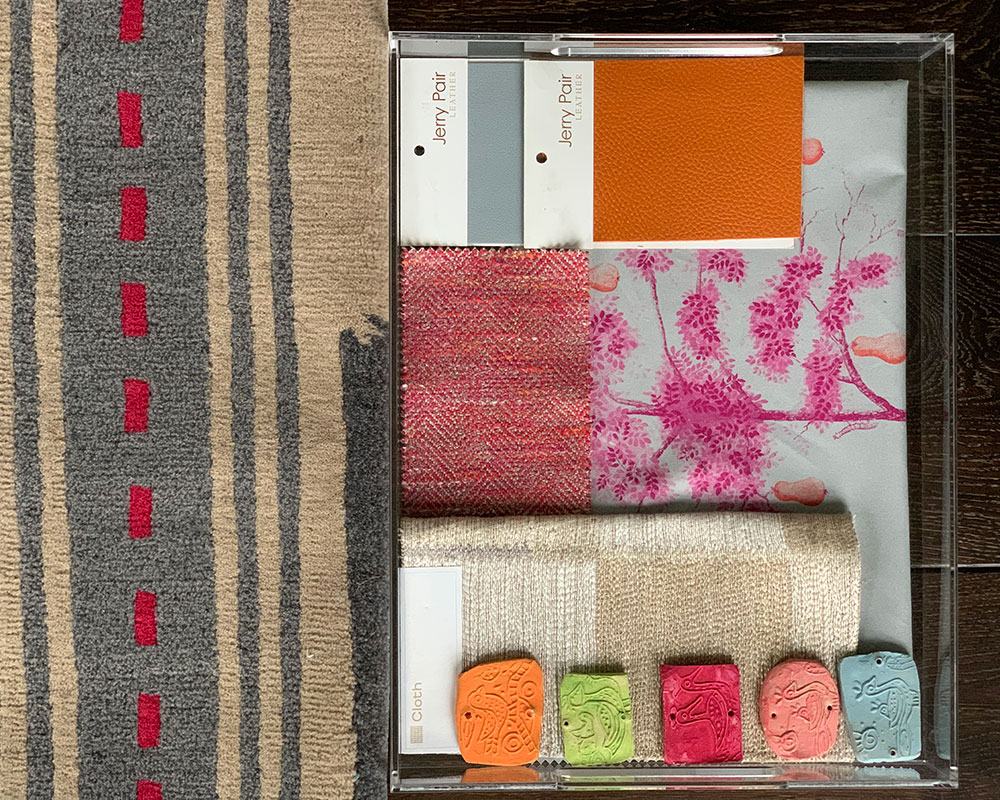
Once I have found a spark of inspiration, I start building from there. I usually have a little pile of fabrics on my desk. This assortment often moves between being overwhelmingly full of ideas and then suddenly depleted a little, before being built back up again using materials from my extensive library and collection of fabrics.
I like to start with a few too many fabrics so I can strip them back when I’m thinking about placement and where each fabric will go. This part of the process can take a few weeks, or just a few hours. I instinctively know when a scheme is finished and is ready to be bought to life in a physical space.
3. Let your samples rest together
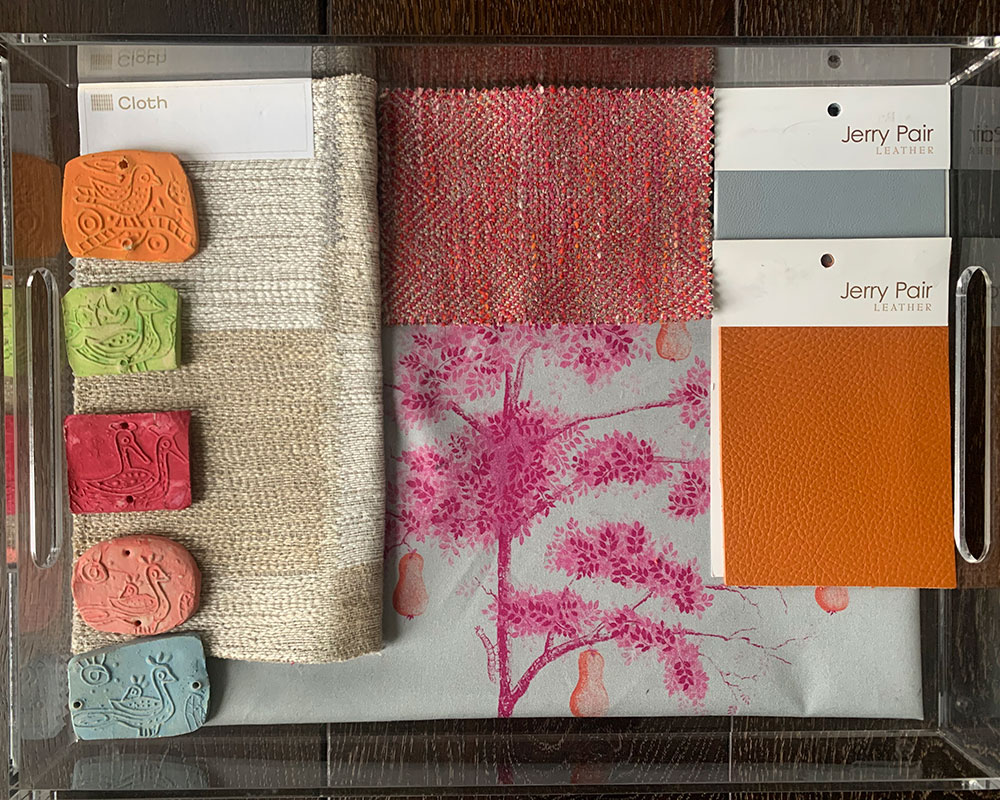
When I have the final selection, I usually like to let it rest for a period so I can think about the placement of the fabrics and other materials I might want to incorporate.
Samples are key, I can never make decisions based on photographs or renderings. I love to feel and touch the things I’m working with.
At this stage I can start to think about artwork and room accessories. As I often have a few schemes going at a time, I keep them in Perspex trays so I can continue to play around if I need to but keep things organized.
It’s important to continue to touch and handle fabrics throughout the process to get a sense of how they will feel in a room; the open tray allows me to freely return to the fabrics.
For this space, I wanted to use a tiered mud bead chandelier; it was important to have the clay bead samples sitting with the fabrics from an early stage.
Here my scheme is taking shape – it’s important to keep handling your fabrics so you have a sense of how they will feel in the room.
4. For something truly special, 'bespoke it'
When I’m designing a really special room, I tend to design bespoke pieces that bring the room to life. For this dining room, I developed a lovely wool rug inspired by my ‘Lost & Found’ fabric. I played a lot with scale here and the colors had to be just right.
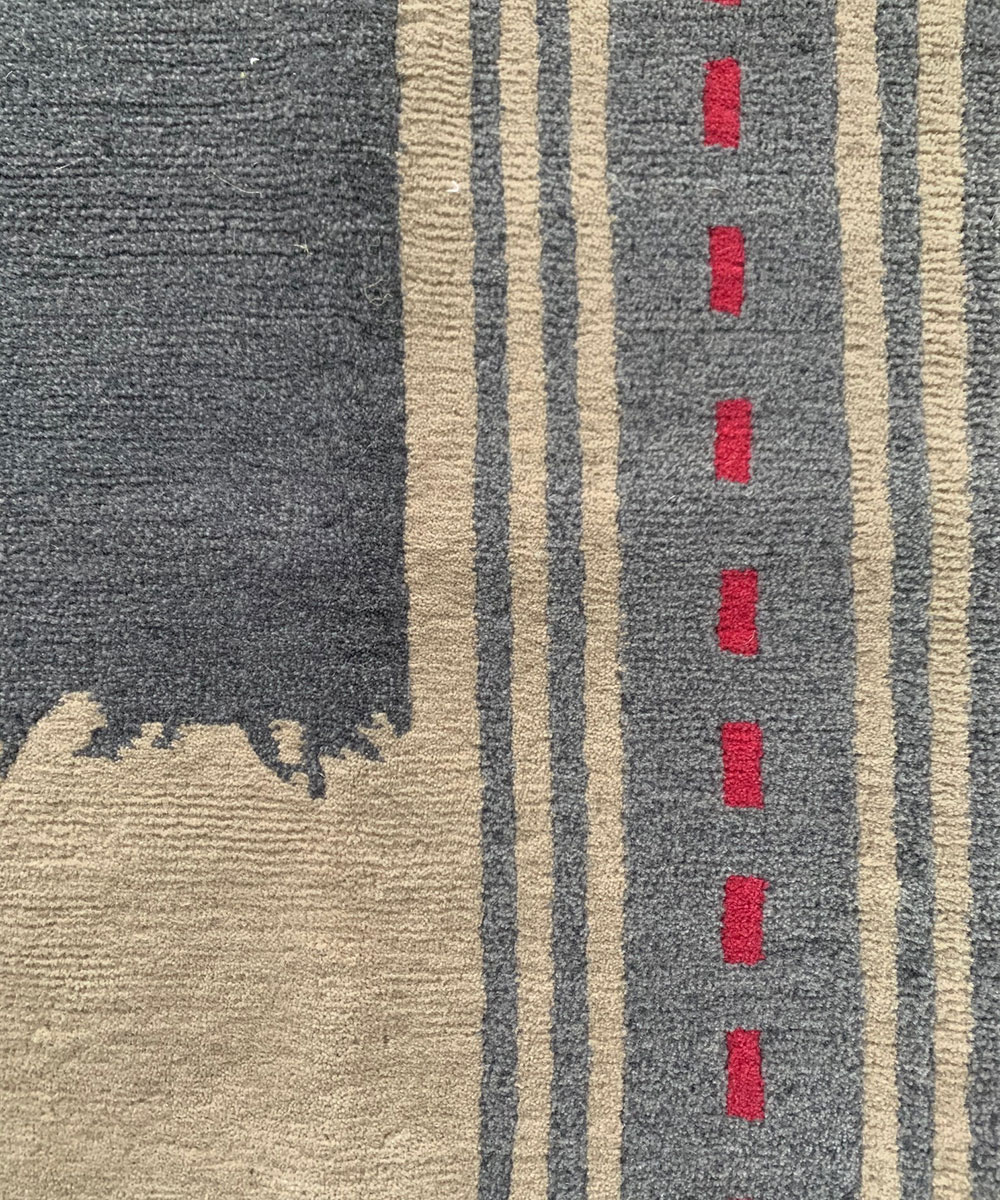
I wanted the subtle detail of the chair piping to match the stripes in the rug, creating a design thread to bind them together.
I was able to let the rug sample sit with the rest of the fabrics for a while to get a feel for how they all worked together.
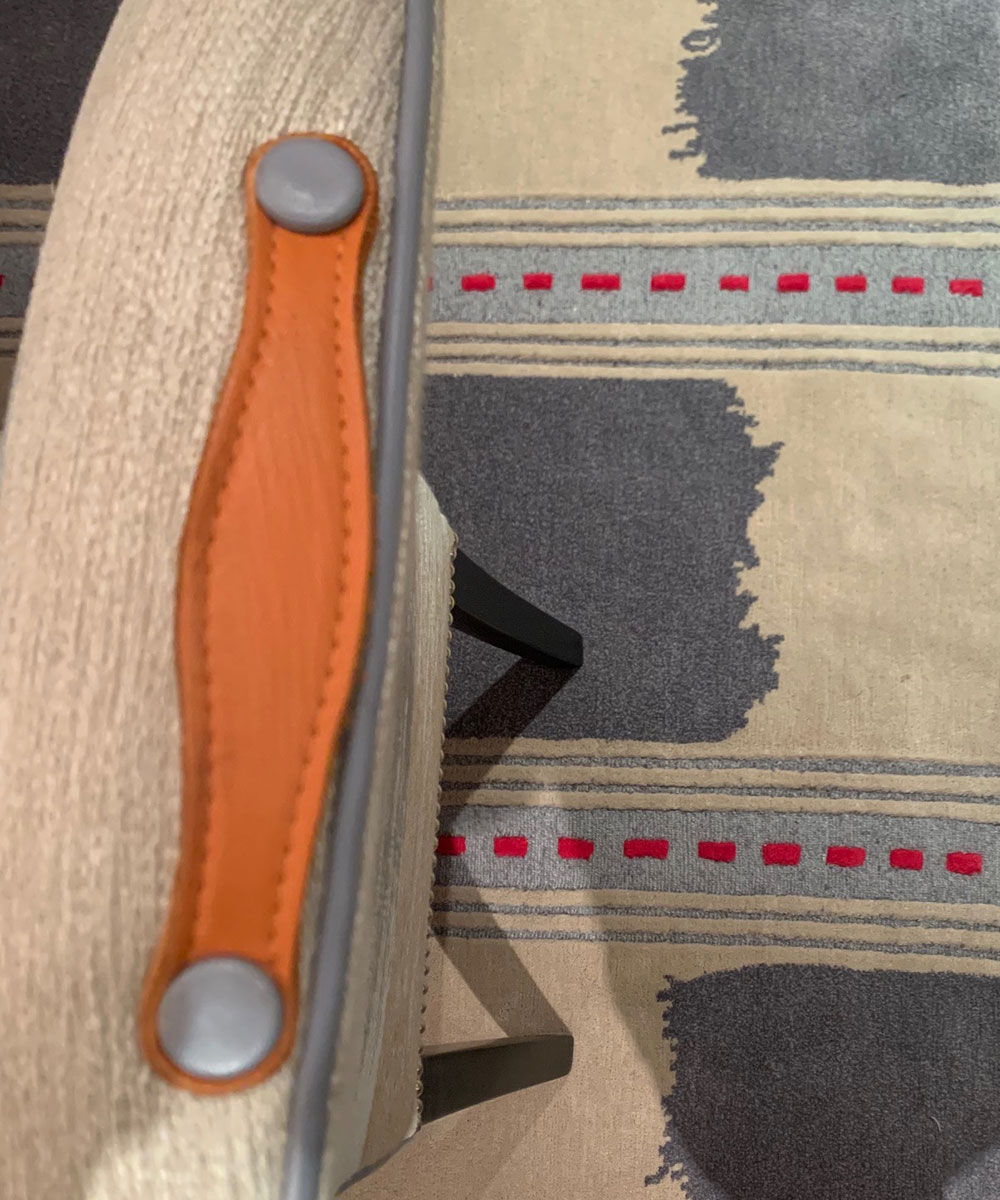
5. Build a scheme board
To visualize the final room, I like to make scheme boards. I find them useful tools for articulating the design to the rest of my design team and we often frame and display them in our studio or even framed in the hallways of the hotels outside each corresponding room.
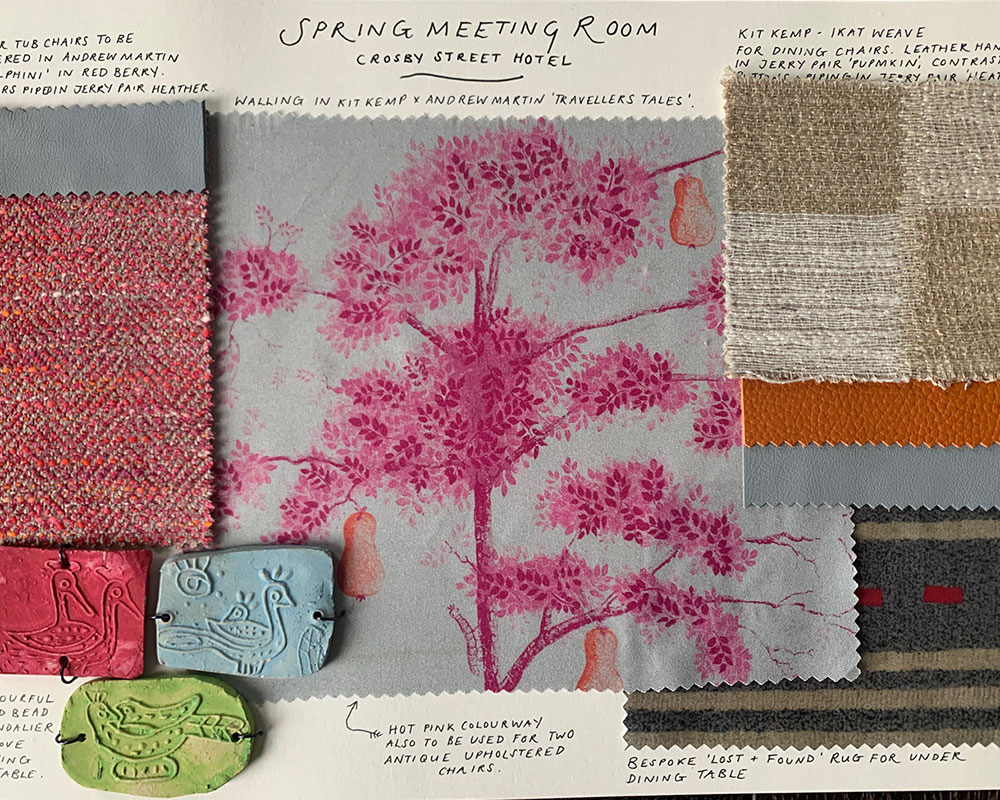
It’s important for the scheme board to tell the story of the room, so we include as much detail is included as possible. For larger more weighty samples like rugs I usually have a photocopy or image of the rug so it helps to create the overall picture.
6. The final scheme
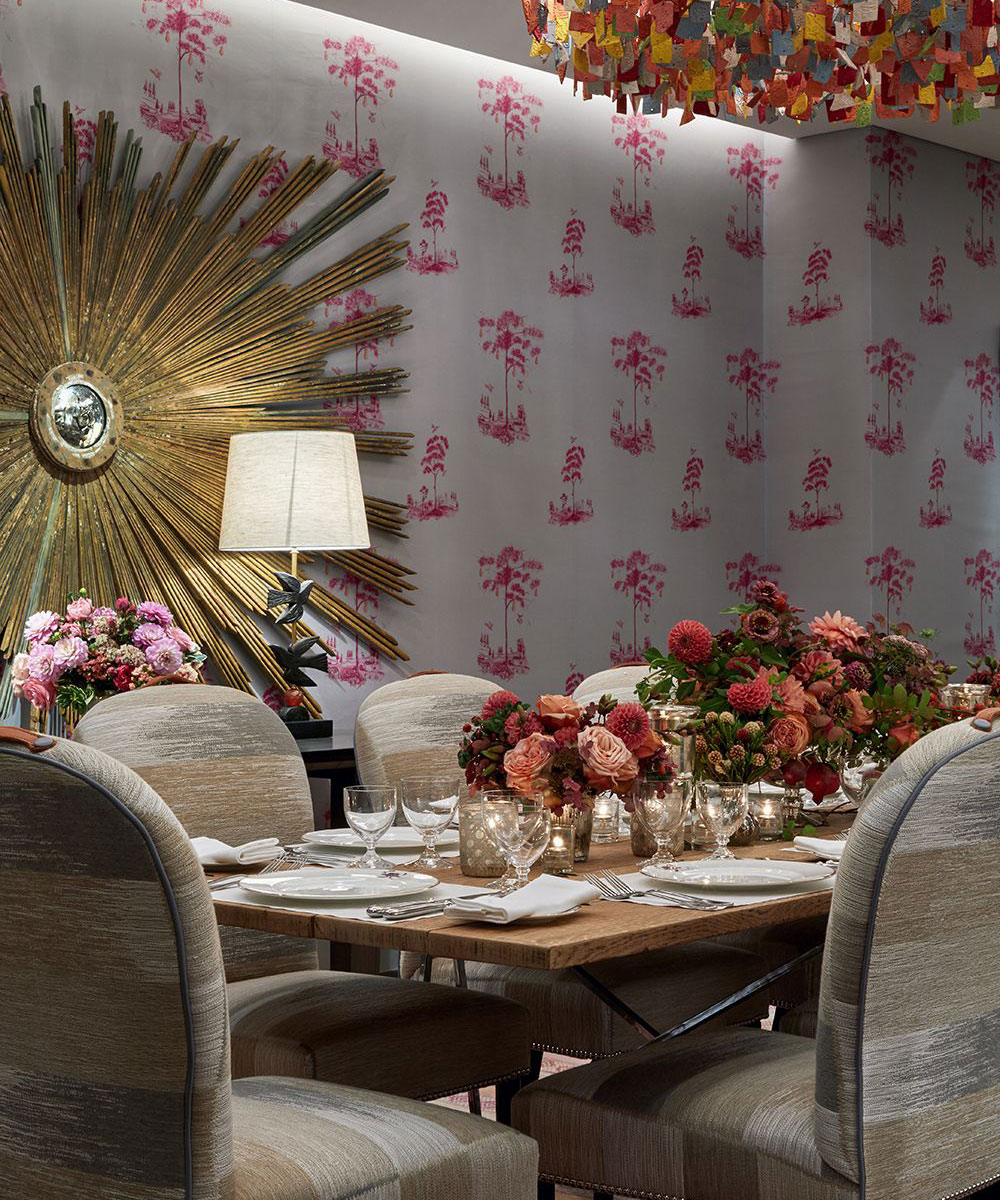
When it comes to completion and installation, it’s always so much fun seeing your design come to life. I think what makes a successful scheme is really getting to know your materials before they become a reality within a room.
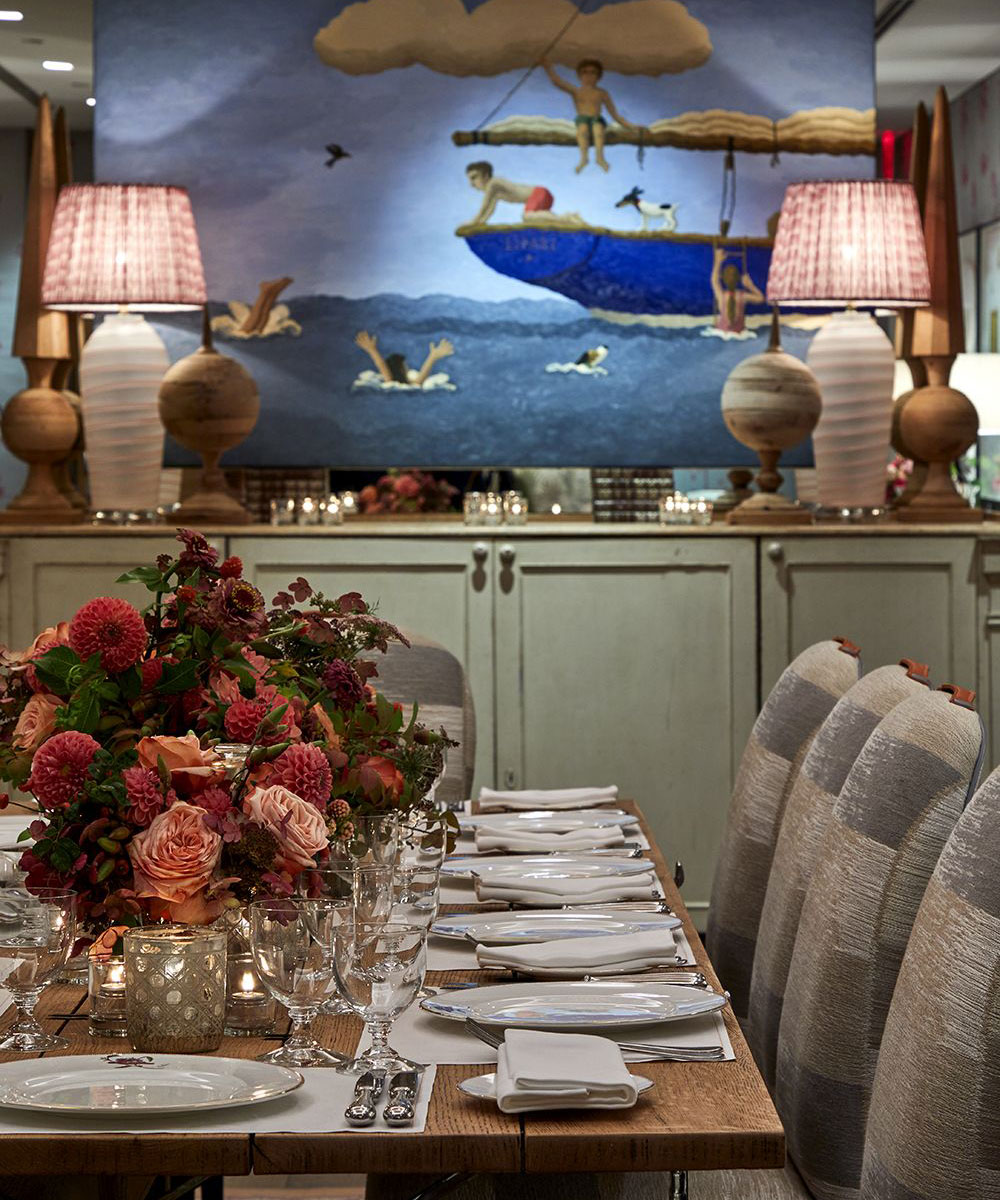
The more you handle and play with your fabrics the more you will be sure they are working together.
Kit Kemp was Guest Editor of the June 2020 edition of Homes & Gardens – the first in our 101-year history. Discover more of her work at kitkemp.com
Sign up to the Homes & Gardens newsletter
Design expertise in your inbox – from inspiring decorating ideas and beautiful celebrity homes to practical gardening advice and shopping round-ups.

Jennifer is the Digital Editor at Homes & Gardens. Having worked in the interiors industry for several years in both the US and UK, spanning many publications, she now hones her digital prowess on the 'best interiors website' in the world. Multi-skilled, Jennifer has worked in PR and marketing and occasionally dabbles in the social media, commercial, and the e-commerce space. Over the years, she has written about every area of the home, from compiling houses designed by some of the best interior designers in the world to sourcing celebrity homes, reviewing appliances, and even writing a few news stories or two.
-
 How to help hoverflies in your yard – discover the crucial role they play and 5 plants these underrated pollinators love
How to help hoverflies in your yard – discover the crucial role they play and 5 plants these underrated pollinators loveHoverflies are also an effective form of natural pest control
By Ciéra Cree
-
 Gwyneth Paltrow uses LED lights to bring a gallery-like feeling to her kitchen cabinets – you can achieve the same, unique look for $24
Gwyneth Paltrow uses LED lights to bring a gallery-like feeling to her kitchen cabinets – you can achieve the same, unique look for $24Gwyneth's glass-front cabinets become more chic and accessible with their hidden lights, which create a subtle glow in the space
By Hannah Ziegler